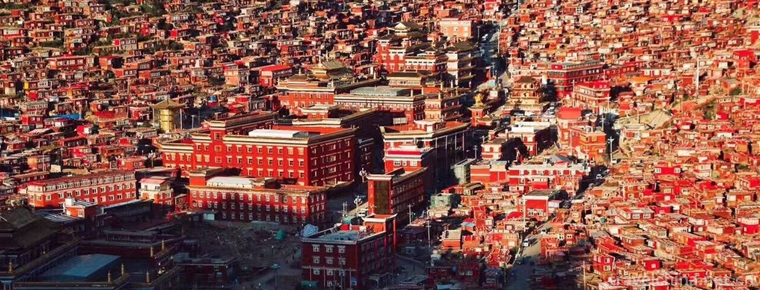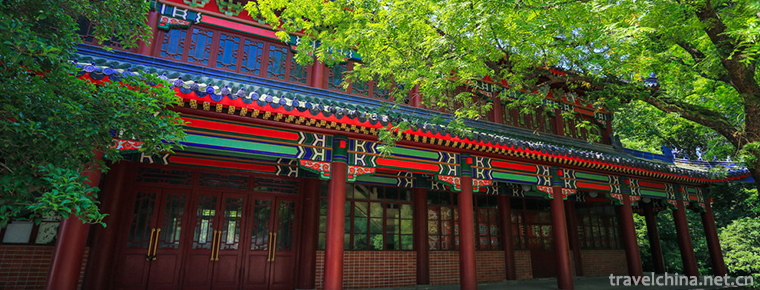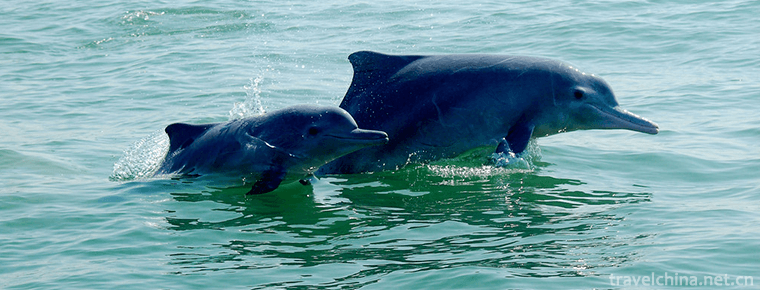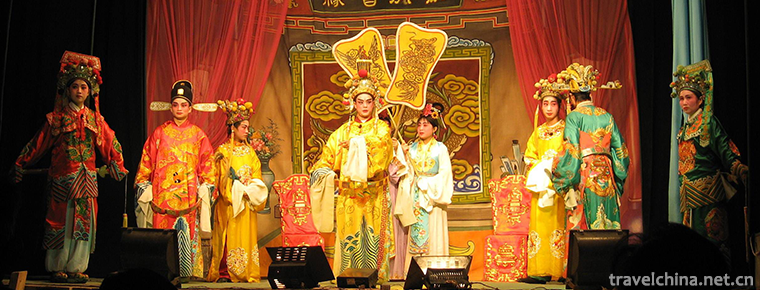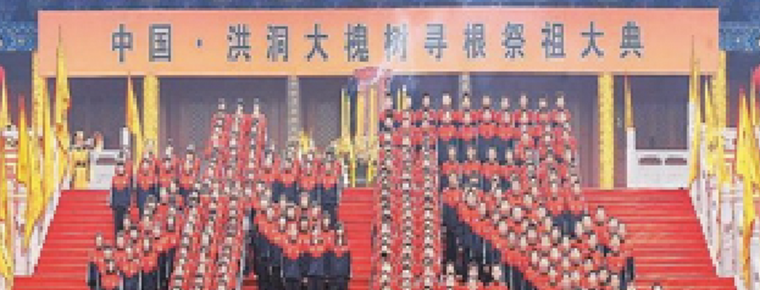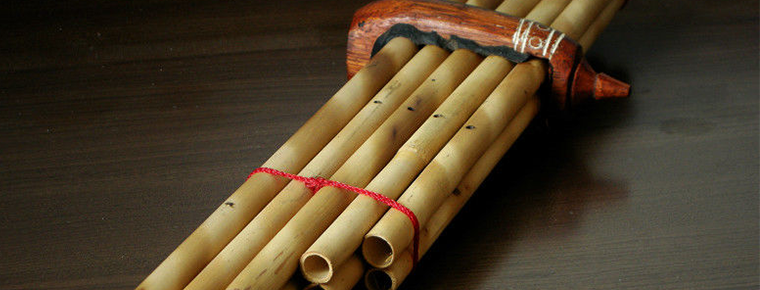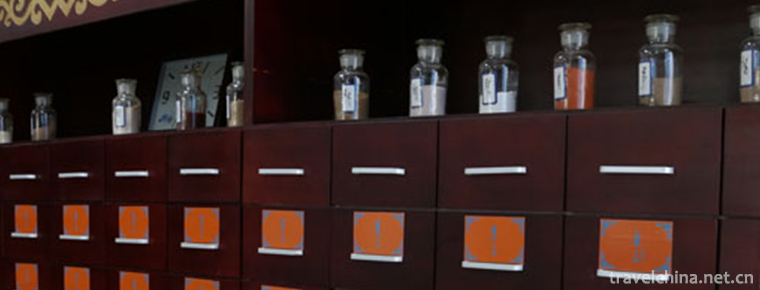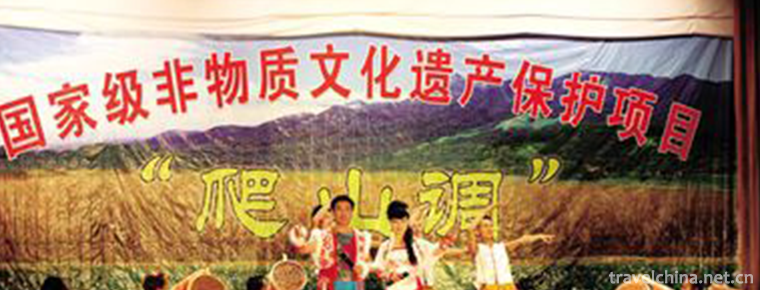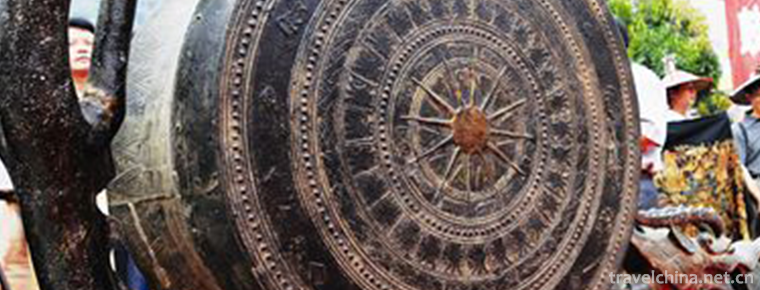Western Grand Canyon
Western Grand Canyon
Synonyms Western Grand Canyon hot spring generally refers to the Western Grand Canyon
The Western Grand Canyon hot spring is a national AAAA tourist attraction, located in Shuifu City, Yunnan Province, 32 km away from Yibin City and 4 km away from shuifucheng district. Jinsha River flows through the area, along the river, the cliffs are steep and the vegetation is green.
geographical position
The Western Grand Canyon can be divided into narrow sense and broad sense.
Grand Canyon in narrow sense
In a narrow sense, the Western Grand Canyon refers to the Western Grand Canyon hot spring scenic spot in Shuifu City, Yunnan Province. It is 32 kilometers away from Yibin City and 4 kilometers away from Shuifu city.
When the Jinsha River flows through Shuifu Xiangjiaba, the elevation of the mountains near Xiangjiaba is more than 500 meters, resulting in the rapid flow of Jinsha River, forming a Jinsha River Valley with "green mountains", "rapid gorge" and "dangerous water", which is the so-called Western Grand Canyon.
Grand Canyon
In a broad sense, the Western Grand Canyon refers to the "Grand Canyon" of Jinsha River with a total length of more than 1300 kilometers between Qiaojia county and Shuifu city in Yunnan Province.
It twists and turns, like a python crawling on the Yunnan Guizhou Plateau.
From the Qiaojia Dayao Mountain at 4040 meters above sea level to the Shuifu rolling dam at 267 meters, the deepest reaches 2040 meters, and the valley bottom is 50 meters to 2000 meters wide.
In addition to the Grand Canyon hot springs, the main scenic spots include luohanba, Tongluoba and other national forest parks and Yaoshan National Nature Reserve. There are famous scenic spots such as Daguan, huanglianhe waterfall group and Xiaocaoba in and outside the province, shimenguan of Dousha ancient town, which is the first pass to Yunnan, and the largest black spot in the world The wintering habitat of necked Crane - Dashanbao National Park, as well as the former site of Weixin Zhaxi conference and other red tourist attractions.
Canyon hot spring
Old scenic spot
At the depth of 2380 meters below the Jinshajiang Grand Canyon in the tail channel section of Shuifu dam, there is also a strange spring. It was discovered by Yunnan Geological Exploration Department in 1978. The water temperature is as high as 85 ℃, the flow rate is large, and the water pressure is as high as 4.2 MPa. The spring water is rich in various trace elements, such as metasilicate acid, sulfur, lithium, bromine, selenium, hydrogen, copper, strontium and so on.
Bathing in hot spring can regulate body functions, promote blood circulation and metabolism in the body, especially for various skin diseases, neuritis, diabetes, rheumatism, cold, obesity, etc.
It is a high-quality hot spring, ranking first in China.
In 1999, a company in Yibin invested a large sum of money to build the Grand Canyon into a comprehensive tourist attraction with Yunnan ethnic characteristics, which is mainly composed of hot spring bathing, leisure, vacation, entertainment and conference, and has the characteristics of Yunnan ethnic customs. This is the Western Grand Canyon hot spring.
Due to its unique mountain and gorge style and good hot spring bath, the Western Grand Canyon hot spring was once known as a dazzling pearl on the tourism line of Sichuan, Yunnan and southwest China.
In 2006, with the construction of Xiangjiaba Hydropower Station, the Western Grand Canyon hot spring was forced to move. When we came to Xiangjiaba, we saw that the third largest hydropower station in China was under construction. It is said that the power station planned to generate power by the first batch of units in 2012, and it can be completed in 2013.
It is understood that after the completion of the Xiangjiaba Hydropower Station, the old hot spring scenic spot of the Western Grand Canyon will forever sink to the bottom of the river. In order to preserve the so-called largest open-air hot spring in Asia between the high gorge and the Pinghu Lake, the original hot spring developer, after closing the old scenic spot of the Western Grand Canyon hot spring, spent 550 million yuan to move the hot spring to the top of the river bank, pumping high-quality hot spring water to the top 300 meters above the river bottom for construction The new hot spring scenic spot, this is the Western Grand Canyon hot spring scenic spot which we see is located in the baweicao of Shuifu city.
New scenic spots
The first phase project of the new Canyon hot spring scenic spot was officially opened on October 1, 2007, and the overall project was completed by the end of 2010.
It is said that the new Western Grand Canyon hot spring scenic area covers an area of 1651 mu, 5 times larger than the original area.
The whole scenic area is composed of "one center and nine functional sections", namely, an international style bathing center, which is composed of nine functional sections including bathing, leisure, entertainment, sports, watching performance, catering, business, vacation and conference.
It includes 124 yurts, 400 parking spaces, a national theater that can hold 3000 people and a central bath that can accommodate 5000 people at the same time.
The new Western Grand Canyon hot spring is a comprehensive tourist attraction with Yunnan ethnic characteristics, focusing on modern leisure and vacation, integrating food, housing, play, entertainment, shopping, business negotiation, conference reception, children's entertainment and artistic performance.
The open-air hot spring bath area covers an area of 100 mu and can accommodate more than 3000 people to soak in hot springs. It is one of the largest natural ecological open-air hot spring baths in China.
At present, there are more than 30 kinds of baths with various specifications and characteristics, such as medicine pool, milk pool, coffee pool, petal pool and vinegar pool.
There are a proper amount of high-end consumption VIP bath room, bath fitness center.
The supporting facilities in the park include: large parking lots, hotels, 35 "Dongba villas" for leisure and vacation, ethnic square and landscape avenue that can accommodate 3000-5000 people to play. In addition, there are recreational facilities such as grass skating field, tennis court, badminton court, beach volleyball, etc.
More than 50% of the planned green space in the park can be called a tourism ecological park with hot spring resources as the theme, complete supporting facilities, large scale and unique sentiment.
The park construction planning and design fully follow the local conditions and protect the natural ecology. The open-air bath pool is built in the rocks, which is integrated with the natural strange peaks and rocks. It not only protects the natural landscape, but also obtains the unique environmental effect. It gives people the feeling of returning to nature and integrating into the nature. It also gives people a refreshing enjoyment by cooperating with Yunnan ethnic style buildings and ethnic culture performances 。
Tourism information
traffic
The Western Grand Canyon hot spring is located at the Jinsha River, the north gate of Yunnan Province, 32 km away from Yibin City and 4 km from Shuifu City, Yunnan Province.
It's only an hour's drive from Yibin to the Grand Canyon.
Free policy
In February 2020, in order to thank the national medical staff for their dedication, from the day when the scenic spot resumed business to December 31, 2020, the scenic spot implemented a free ticket policy for medical workers and public security officers in the national anti epidemic front line. Ticket free participants: medical workers and public security officers and policemen (with valid certificates such as doctor's license, rural doctor's license, nurse's qualification certificate, people's police certificate, etc.); on the basis of their own free tickets, a family member of the same trade can also enjoy free admission to the park.

-
Sertar County
Sertar County is a county under the jurisdiction of Ganzi ....
Views: 218 Time 2018-10-12 -
Ming Xiaoling Mausoleum
The Ming Xiaoling Tomb is situated at the south foot of Zijinshan Mountain in Xuanwu District, Nanjing, under Dulongfu Playing Pearl Peak. It is adjacent to Zhongshan Tomb in the East.
Views: 152 Time 2019-02-07 -
Qinzhou Sanniangwan Tourist Area
Sanniang Bay is one of the ten best scenic spots in Qinzhou, Guangxi. It is the home of Chinese white dolphins. Located on the coast of the Beibu Gulf in southern China,.
Views: 129 Time 2019-02-07 -
baizi opera
Baizi Opera, a local traditional drama in Haifeng County, Shanwei City, Guangdong Province, is one of the national intangible cultural heritage. Baizi opera is a local opera sung in Haifeng and Lufen.
Views: 169 Time 2019-04-03 -
Caogao Gong and drum in northern Sichuan
Licao Gong and drum in northern Sichuan is a kind of traditional folk music. It mainly distributes in four counties and three districts of Guangyuan City, Sichuan Province.
Views: 373 Time 2019-04-18 -
Custom of sacrificing ancestors to the great locust tree in Hongdong
During the period from Hongwu to Yongle in the Ming Dynasty, an unprecedented migration took place under the great locust tree in Hongtong. It lasted 50 years and moved 18 times.
Views: 112 Time 2019-05-03 -
Lusheng music
Lusheng is one of the core musical instruments in Miao traditional music culture. In the long history of Miao music practice, its cultural function is not limited to universal musical instruments, bec.
Views: 97 Time 2019-05-15 -
Mongolian Medicine
Mongolian medicine is mainly moxibustion, and is good at using fire needles. Fire needle is a method of treating diseases by rapidly puncturing the acupoints with red-hot needle tips. This method has .
Views: 307 Time 2019-06-04 -
A tune of mountain climbing
Mountain climbing tune, also known as mountain climbing song and mountain song, is a traditional short-tune folk song popular in the agricultural and semi-agricultural and semi-pastoral areas of centr.
Views: 170 Time 2019-06-08 -
The Bronze Drum Custom of the Zhuang Nationality
Bronze drum is a percussion instrument created by Pu and Yue people in ancient China. Up to now, it has a history of more than 2700 years. Guangxi has the largest number and the widest distribution. T.
Views: 183 Time 2019-08-16 -
Tianshi cave
Tianshi cave, also known as Chang Taoist temple, is the most important Taoist temple in Qingcheng Mountain. In 1983, it was designated as the national key Taoist temple by the State Council. In addition, there are four palaces in Qingcheng Mountain: Jianfu palace, Yuanming palace, Yuqing palace and Shangqing palace..
Views: 321 Time 2020-11-08

